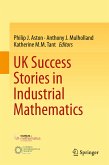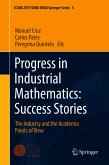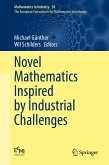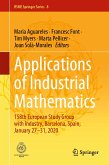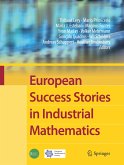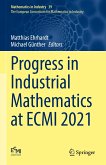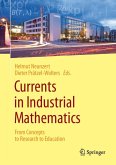This volume highlights successful projects in which academic mathematicians in the United Kingdom got involved with solving problems in industry for which mathematics was essential. It contains a wide range of articles in areas ranging from music composition to climate change which describe successful collaborations between mathematicians / statisticians and industry. The impact that the work had on the companies involved and on people's everyday lives is included in each article. The book conveys to the non-expert some of the many ways that mathematics and statistics have contributed to economic growth and societal well-being.
Dieser Download kann aus rechtlichen Gründen nur mit Rechnungsadresse in A, B, BG, CY, CZ, D, DK, EW, E, FIN, F, GR, HR, H, IRL, I, LT, L, LR, M, NL, PL, P, R, S, SLO, SK ausgeliefert werden.



